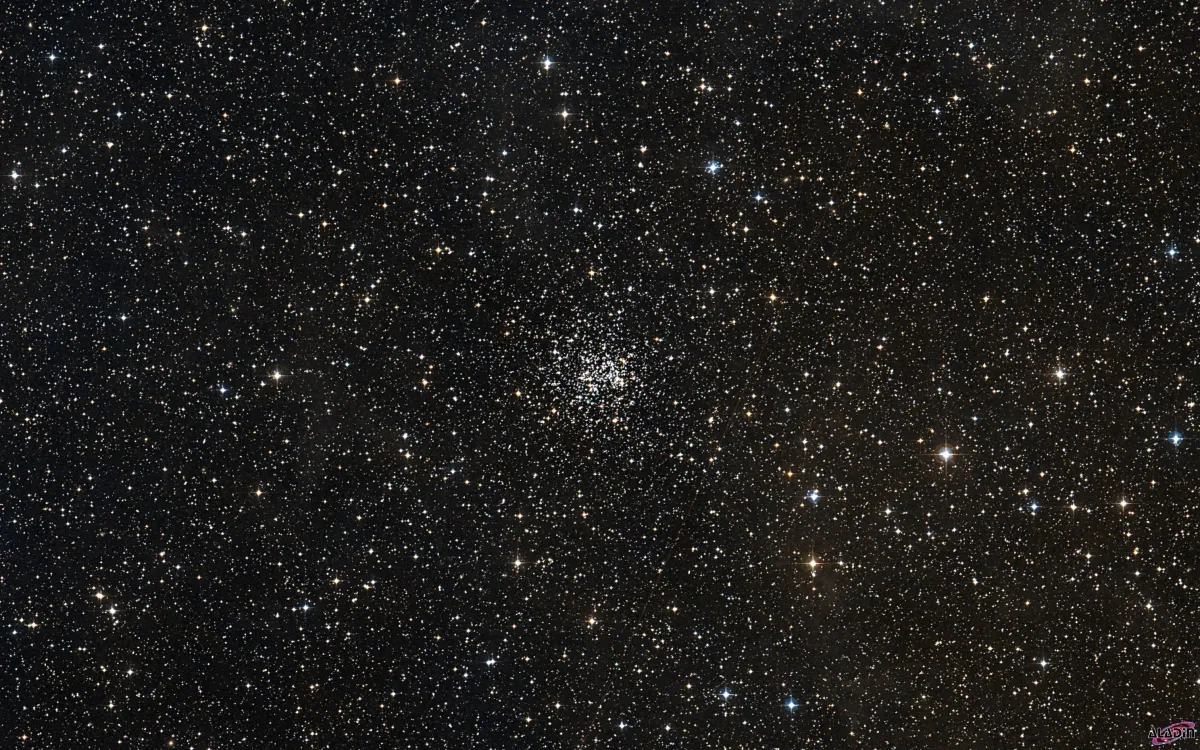Open Cluster NGC 2506

History
This open cluster was discovered by William Herschel on 23 February 1791. He logged it as VI 37 and recorded: «A very compressed and very rich cluster of stars. The stars ar of 2 sizes, some considerably large and the rest next to invisible. The compressed part 5 or 6' in diameter.» [465] John Herschel logged the cluster on 9 March 1828 as h 480 and wrote: «The first star 11m in the preceding part of a rich round pretty compressed cluster of irregular figure. Stars 11...20m, so as to be nebulous. The most compressed part = 4' or 5' diameter.» [466]
Lord Rosse, or one of his observing assistants have visited the cluster frequently and noted: «Several observers have fancied that the stars exhibit some approach to a spiral arrangement, with cellular centre. No unresolved nebulosity.» [486]
Physical Properties
NGC 2506 is an intermediate-age (2.01 ±0.10 Gyr) open cluster. 2175 cluster members have been identified based on Gaia EDR3 data. Distance has been derieved to 3.101 ± 0.017 kpc. [190, 209]
| Designation | NGC 2506 |
| Type | OCL (I2r) |
| Right Ascension (J2000.0) | 08h 00m 01.7s |
| Declination (J2000.0) | -10° 46' 11" |
| Diameter | 12 arcmin |
| Visual magnitude | 7.6 mag |
| Metric Distance | 3.460 kpc |
| Dreyer Description | Cl, pL, vRi, C, st 11…20 |
| Identification, Remarks | WH VI 37; h 480; GC 1611; OCL 593 |
Finder Chart
The open cluster NGC 2506 is located in the constellation Monoceros. The best season for observation is from October until March.
